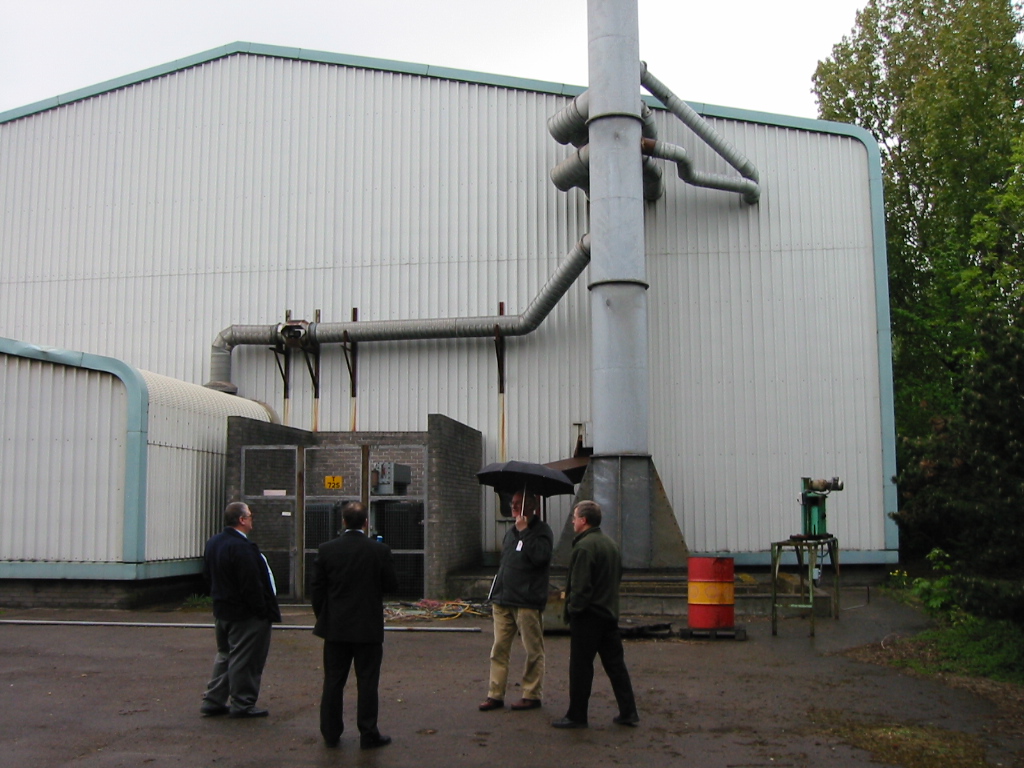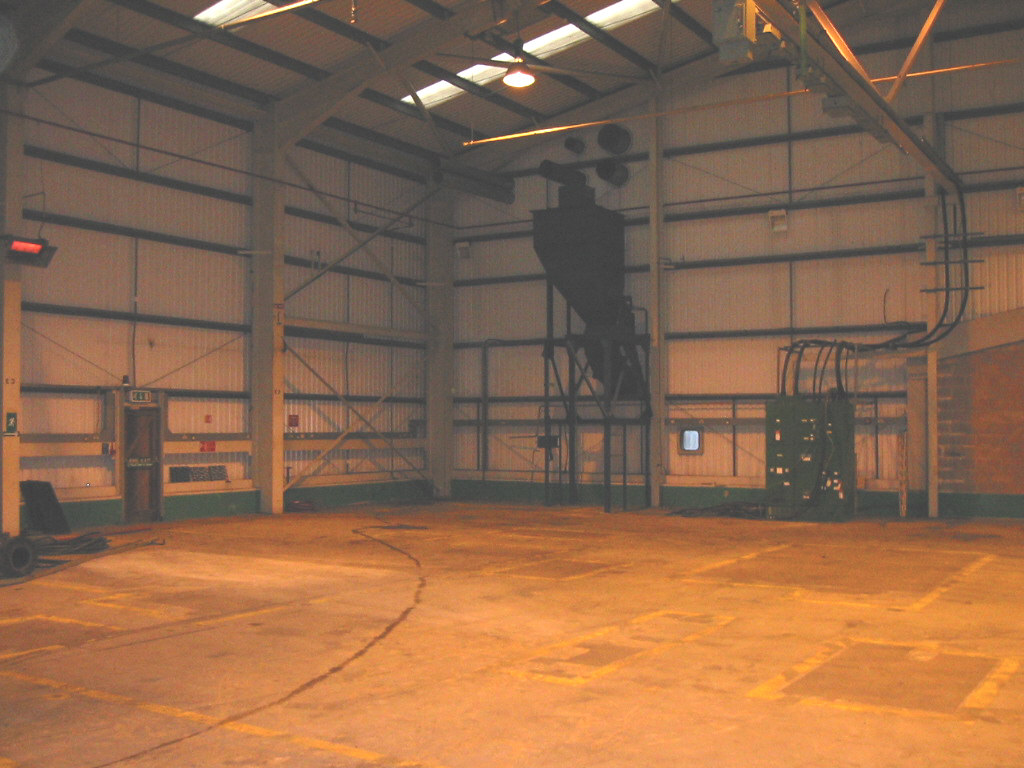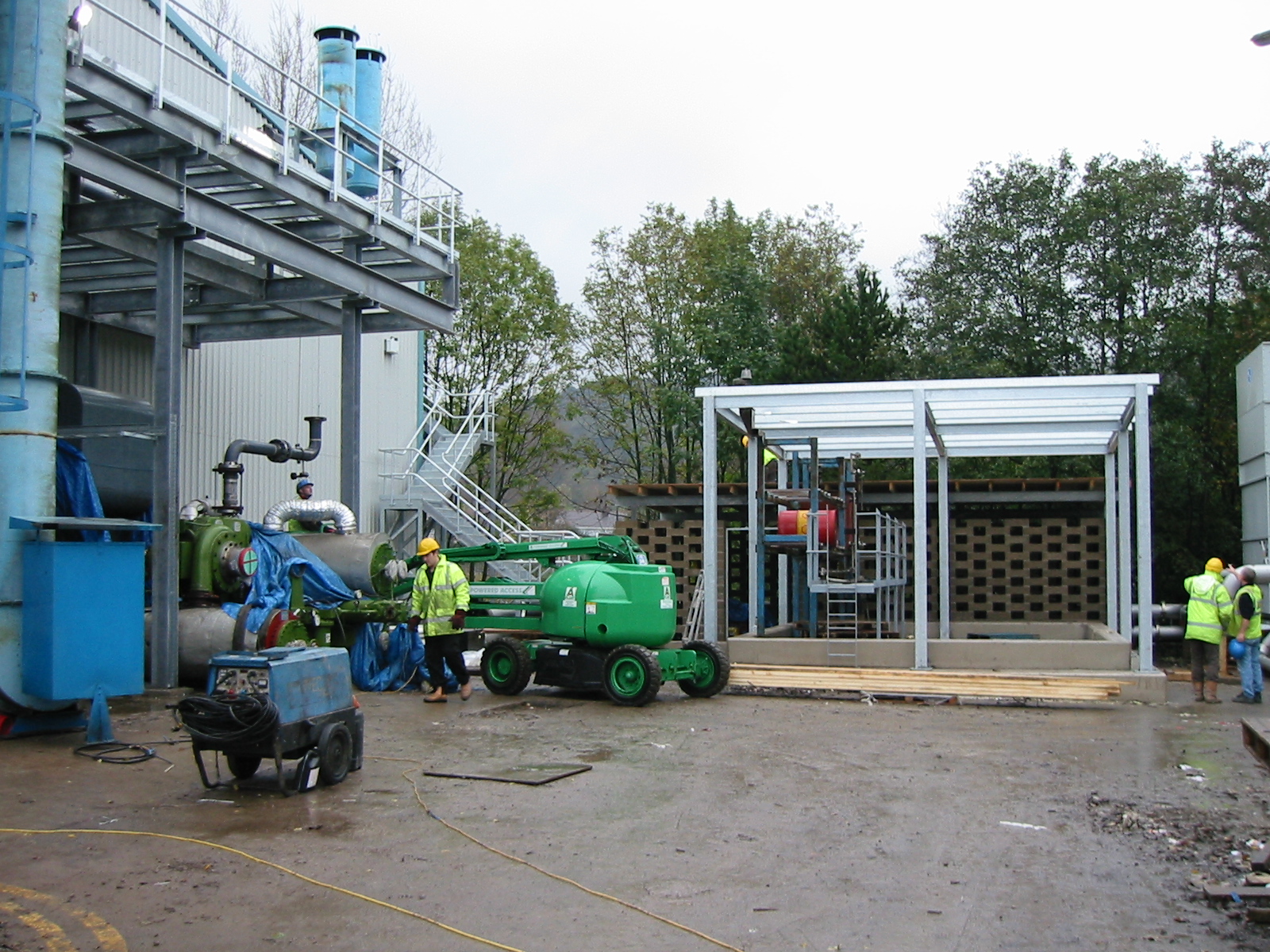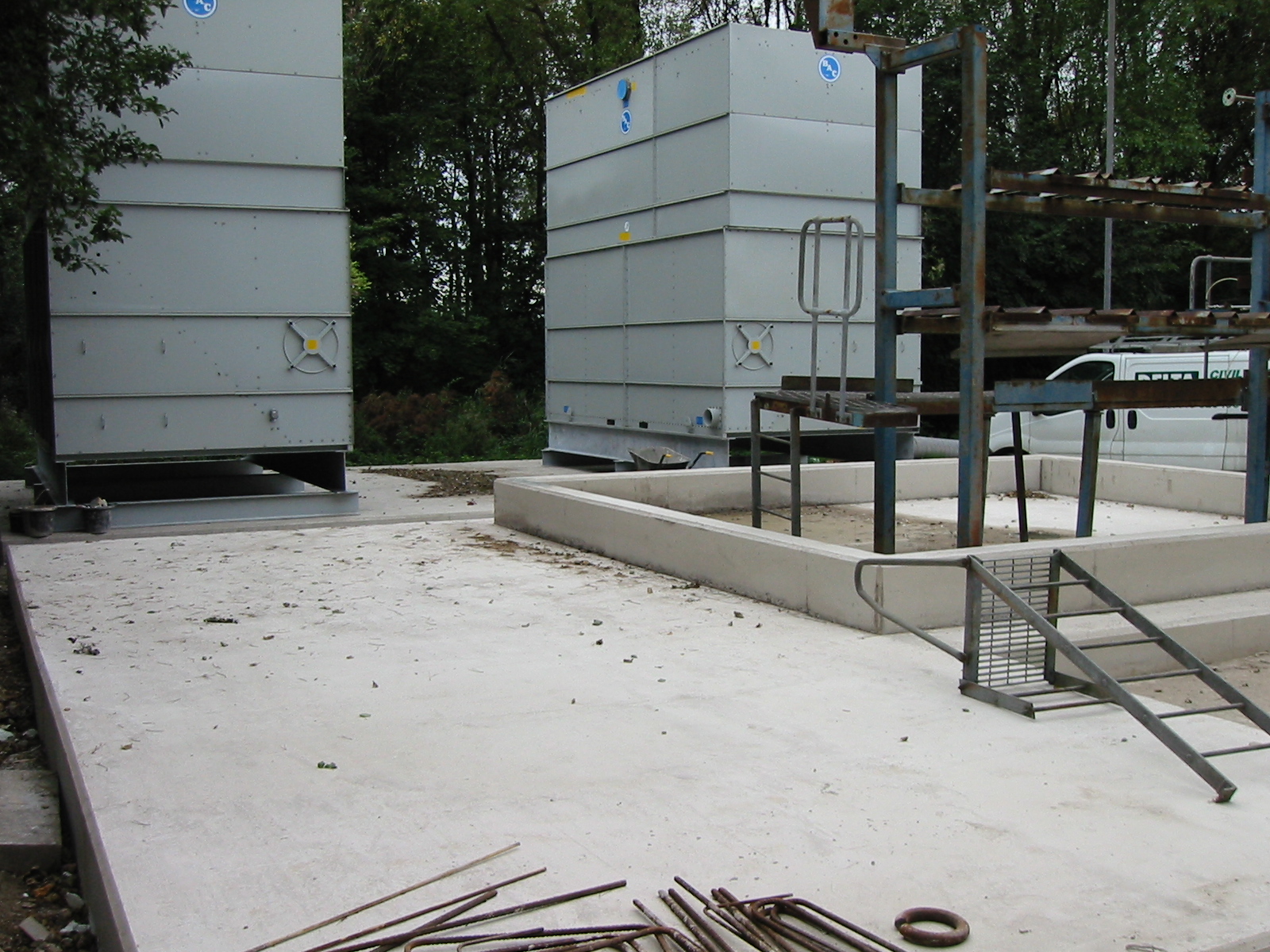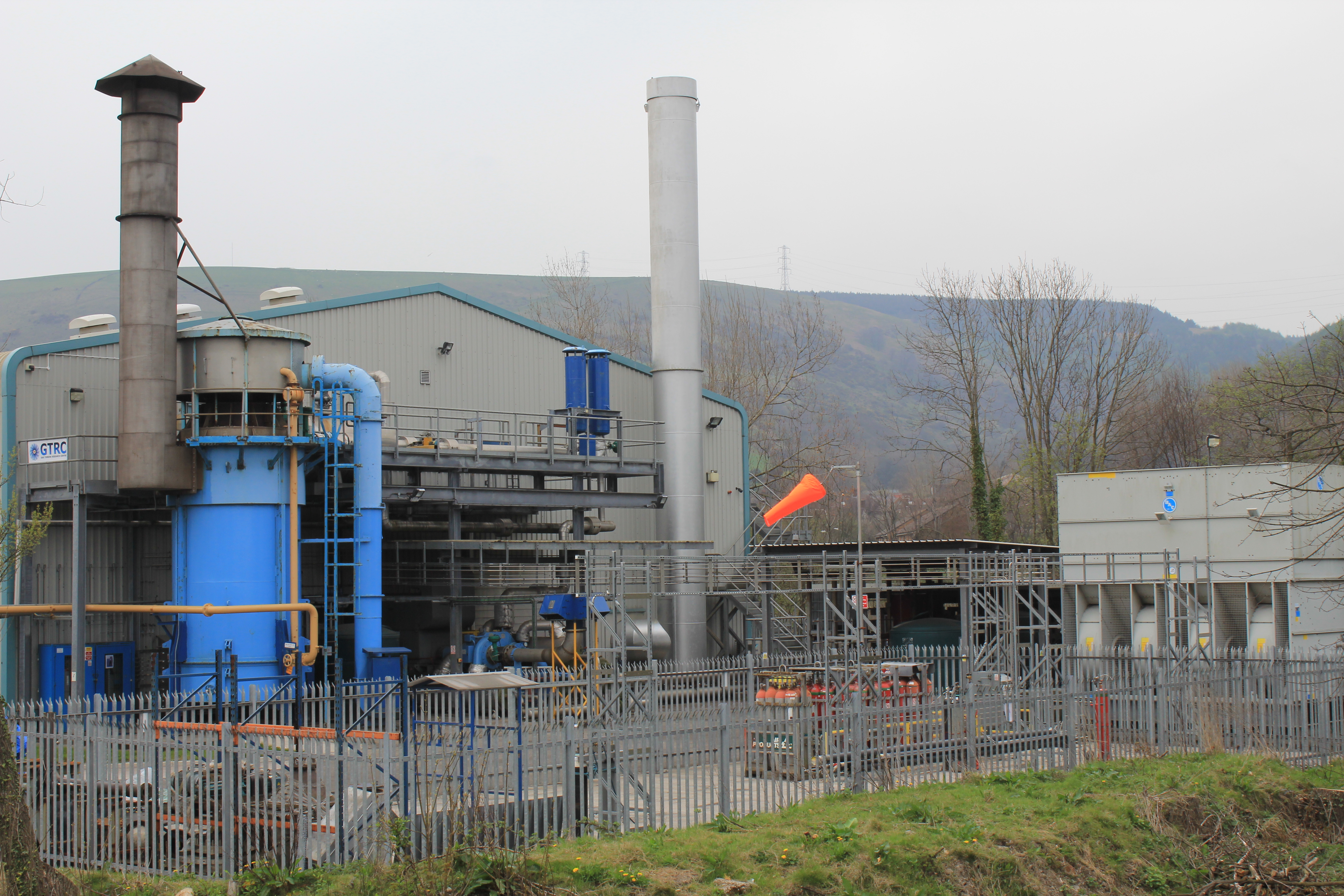Cardiff University Gas Turbine Research Centre (GTRC) Margam -
History and Operating Principles
In 2004, Cardiff University was selected by QinetiQ ahead of other UK consortia to take ownership of their large-scale gas turbine combustion research facility. The GTRC was established with the support of a £3.85m grant from the European Union’s Objective 1 Programme and £350k from the Welsh Assembly Government’s Knowledge Exploitation Fund. With this funding the equipment was moved from Farnborough and re-instated in Port Talbot at the Welsh Assembly Government’s Energy Research Building. The Rt Honourable Rhodri Morgan, First Minister for Wales, formally opened the centre in October 2007 and in his speech, the First Minister commended the research centre as an example of the partnerships being built between industry and academia in Wales.
A 2010 report led by the Deputy Minister for Science, Innovation and Skills cited the GTRC alongside four other examples of internationally recognised research excellence in Wales winning significant R&D income for Wales. Since opening in 2007, the GTRC’s research income has exceeded £3m with a mixture of EU Structural Funding, EU Research Funding through Framework 5, Framework 7 and Horizon 2020, Engineering and Physical Science Research Council (EPSRC) funding and Technology Strategy Board (TSB) funding. These research programmes have resulted in over 75 peer review journal and conference papers being published.
The Energy Research Building is Chosen for the GTRC
Only a handful of academic research facilities in the world have the operational scale of the GTRC which enables novel research studies to be conducted into the functionality of new Gas Turbine (GT) combustion systems, components and fuels under elevated conditions of temperature and pressure, as would be experienced within a gas turbine engine during operation. Measurements can be made with the following maximum throughputs:
- Air flow Rate: < 5 kg/s
- Pressure: < 1.6 MPa
- Air Pre-Heat Temperature: < 900 K
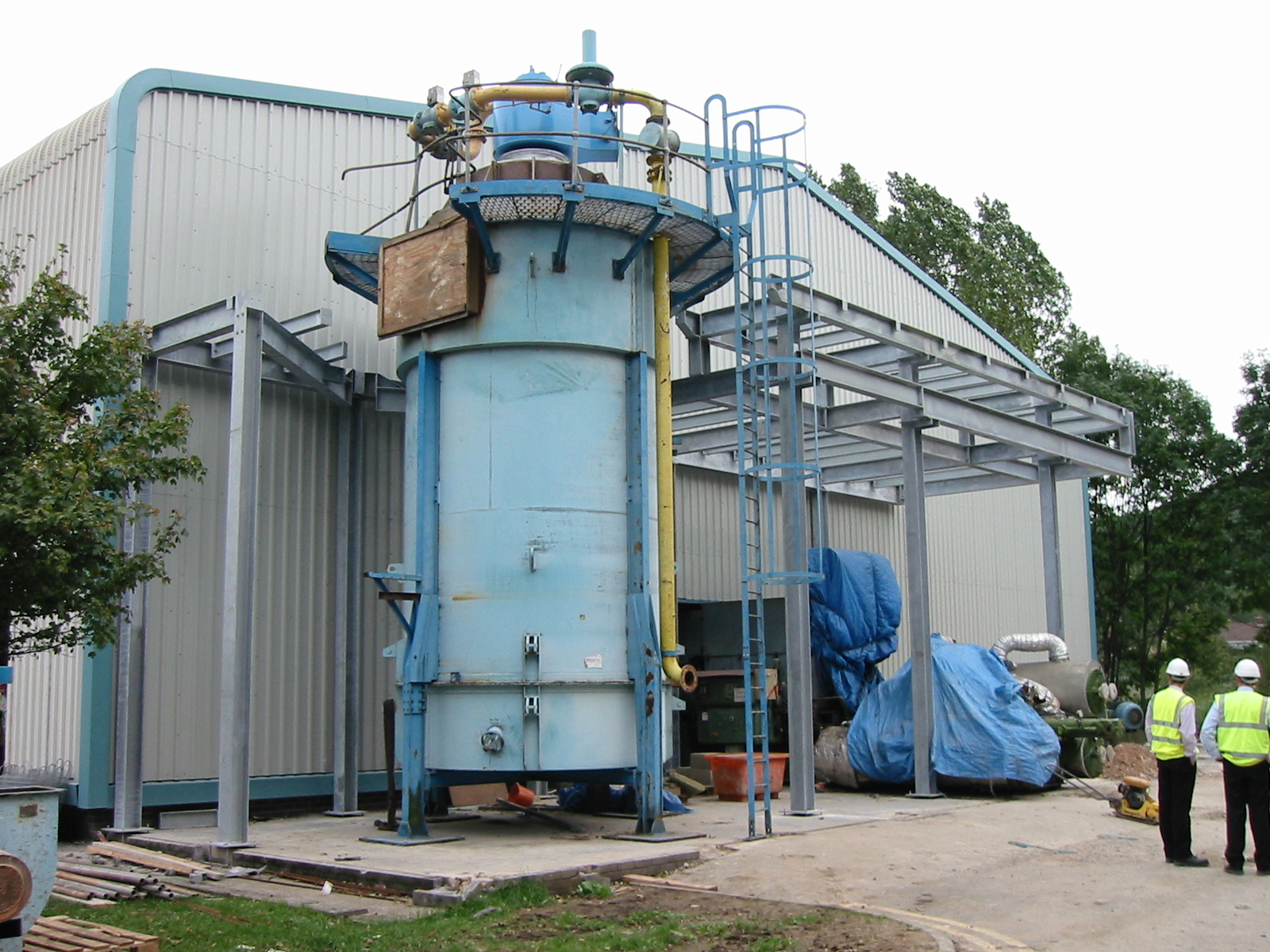
The Heater is Moved from the Facility in Farnborough
An extensive suite of test rigs is available for the characterisation of fuel sprays and nozzles, and combustion systems using tradition fuels as well as alternative and renewable fuels. Non-intrusive measurement techniques enable a better understanding of the fundamental phenomena occurring within the combustion system without influencing what is being measured. Exhaust gas samples are collected and transmitted to a comprehensive on-line gas analysis suite.
The energy landscape in the UK is changing rapidly, but it is accepted that gas turbine technology will be a major provider of electricity in the UK for several decades. There are efficiency improvements to be gained to reduce CO2 and other harmful emissions, but the major challenges for this technology will be in flexible operation to respond to fluctuating demand, and the use of intermittent renewable energy from the likes of solar and wind. A more recent challenge comes from the variability in gas composition as a result of gas imports from around the world and in the medium term from the increasing amounts of biogas and renewably-sourced hydrogen being injected into the gas network.
Empty Energy Research Building
In the short term, increasing amounts of imported natural gas and LNG from around the world are having a significant effect on the natural gas composition being utilised by power generators. As a result modern gas turbines can experience operational instability issues which adversely affect reliability and emissions. Further research is required to understand this phenomenon to assist UK and EUgas quality regulatory bodies in standardising gas composition and quality. The research is also important to the gas turbine OEMs and end users to optimise the reliability of current and future gas turbines assets.
In the medium term, consideration must be given to increasing levels of Hydrogen created from renewable sources being injected into the natural gas grid and being utilised by power generators. Hydrogen has been shown to increase burning rate and flame temperatures, which could adversely affect gas turbine operation.
Due to the reliance on natural gas for power generation in the UK, the integration of carbon capture and storage alongside gas turbine power stations is required. The GTRC’s input in this area will be with oxygen enriched combustion and exhaust gas recirculation which are both techniques for enriching the CO2 stream in the exhaust to enhance capture efficiency and increase the feasibility of CCS-ready gas turbines in the future.
Framework for the Liquid Fuel Storage Compound
The current research focus is on power generation plant operational flexibility and associated gas turbine fuel flexibility to help Wales, the UK and power generators meet anticipated flexible operating demands whilst reducing their environmental impact. The main challenges to the OEMs and end users are fuel variability, flame behaviour, and combustion sensitivity to fuel composition considering fuels that are currently utilized by industrial power generators and may be used in gas turbine power generation in the future due to changes in supply or operating conditions; changes in supply as a result of increasing natural gas imports, increased hydrogen and biogas injection, and changes in the operating conditions as a result of fluctuating demand and carbon capture ready plants.
The Newly Installed Cooling Towers
The next phase of research involves the examination of varying fuel blends in a lean premixed swirl combustor at simulated gas turbine operating conditions. Utilizing the GTRC’s gas mixing facilities, these fuel blends will focus on natural gas blends with higher hydrocarbon (ethane, propane, etc., thus C2+) and diluent (nitrogen, carbon dioxide) content. Non-invasive optical combustion diagnostic techniques, such as planar laser induced fluorescence (PLIF) and chemiluminescence, and dynamic pressure sensing techniques will be used for characterization of the resulting flame structure along with the coupling between pressure fluctuations and heat release.
The flame structures and heat release will also be considered for transient conditions to enhance understanding of future gas turbine operating scenarios, when quick response ramp-up and ramp-down may be required to meet peak demands as more intermittent renewable energy sources come online. The projects also aim to provide guidance to industrial partners to help support their plant efficiency, operating flexibility and security, emissions reductions goals, and economic stability. This will be accomplished by providing flexible operating strategies to the operators along with instability mitigation design strategies to the gas turbine OEMs for swirl-stabilized lean premixed combustion under anticipated operating conditions.
Formal opening of GTRC by First Minister.
The Completed Research Facility
Copyright 2007-2020 Cardiff University - Gas Turbine Research Centre :: Privacy Policy :: Terms of Use
